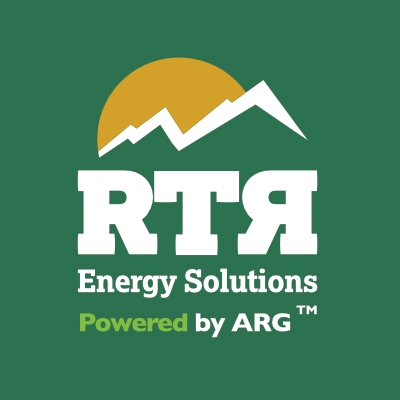When managing complex construction or projects, environmental compliance isn’t optional—it’s essential. Navigating the maze of local, state, and federal environmental regulations can feel overwhelming, yet failure to properly manage soil, water, wetlands, and erosion risks can lead to costly delays, fines, and reputational damage.
This blog dives into why thorough environmental services are critical—not just to check boxes, but to protect natural resources, prevent project disruptions, and set your project up for long-term success. Whether you’re looking to understand what environmental inspections involve or how to proactively manage environmental risks, this guide offers insight from industry experts on making environmental stewardship a seamless part of your project lifecycle.
Understanding the Stakes: Why Environmental Oversight Matters
Every project interacts with the environment in some way, whether it’s clearing land, moving soil, or working near wetlands and waterways. Without proper oversight, these activities can cause soil erosion, water contamination, habitat destruction, and regulatory violations that stall progress or lead to costly remediation.
Environmental services act as the project’s guardian—helping identify potential impacts early and coordinating protective measures to minimize damage. This proactive approach isn’t just about avoiding penalties. It’s about respecting the natural systems that sustain communities and ensuring projects remain viable in the long term.
Comprehensive Environmental Coordination for Seamless Project Integration
Environmental compliance is complex, spanning multiple disciplines and regulations. Success requires more than periodic inspections; it demands continuous collaboration between environmental specialists, construction crews, project managers, and regulatory agencies.
Integrated environmental coordination means:
- Conducting detailed soil and groundwater sampling to monitor contamination risks
- Mapping wetland and stream boundaries to safeguard sensitive ecosystems
- Implementing erosion and sedimentation controls to prevent soil loss and protect water quality
- Performing right-of-way inspections to maintain regulatory compliance throughout construction
This hands-on, real-time involvement prevents surprises and allows teams to adjust quickly, keeping projects on schedule and within regulatory requirements.
The Long-Term Benefits of Proactive Environmental Management
Projects that embed environmental stewardship from planning through restoration avoid many common pitfalls that cause delays and budget overruns. They also build goodwill with regulators and local communities by demonstrating responsibility and transparency.
Key benefits include:
- Reduced risk of regulatory fines and shutdowns by maintaining compliance and documentation
- Preservation of natural resources and habitats that might otherwise be degraded
- Improved project efficiency through early detection of potential issues and rapid response
- Smoother project closeout with restoration inspections confirming compliance and enabling permit termination
These outcomes contribute not only to project success but also to sustainable operational practices that support corporate responsibility goals.
Leveraging Technology and Real-Time Reporting for Actionable Insights
Modern environmental services harness technology to enhance oversight and communication. Real-time reporting apps, digital inspections, and data analytics give project teams and regulators immediate access to actionable information.
This transparency:
- Enables swift corrective actions when issues arise
- Provides accurate, verifiable records for audits and compliance reviews
- Supports continuous improvement by identifying trends and areas for optimization
Technology-driven environmental management transforms compliance from a reactive process into a proactive, value-adding practice.
Conclusion
Environmental services are often viewed as a regulatory hurdle—but the truth is, they are a powerful tool to safeguard your project’s future. Proactive environmental management minimizes risk, keeps construction on schedule, and ensures your operations remain compliant well beyond completion.
By integrating expert environmental oversight with real-time collaboration and cutting-edge technology, projects gain a strategic advantage that protects natural resources, communities, and assets alike.
If you’re ready to move beyond compliance and turn environmental stewardship into a competitive edge, reach out to explore tailored environmental solutions that fit your project’s unique needs.
